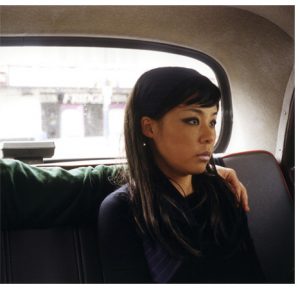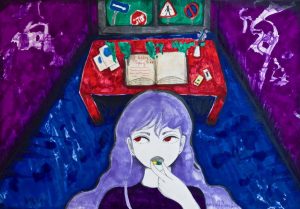Richard Serra’s “The Yale Lecture” addresses site-specific artworks. He discusses the ways in which art is contextualised within its environment, and the importance of connectivity between the piece and its surroundings. Teaming together a sculptural methodology with context, he suggests that it should not simply be about the artistic quality of the sculpture, but also its co-operation with its external placement. Thus, the scale, size, and positioning should be determined after regarding, confronting, and considering its enclosure, as opposed to working with it when the art is complete.
Leo Steinberg’s “Excerpt from Other Criteria” is similar in its discussion of the importance of artistic placement and how it can alter the viewer’s perception of what they are observing. He considers artists such as Rauschenberg and how he experimented with the traditionally vertical, eye-level curation (such as from the Renaissance period) in order to change “the relationship between the artist and image, image and viewer”. For example, he explored taking objects lacking artistic quality and presented them in a conventional gallery space to re-invent their visual purposes.
Therefore, both texts examine the correlation between the artwork itself and its physical placement. Artistic traditions should not define what can become a canvas and/or medium, but the location and orientation are of equal importance to the aesthetics of the artwork itself.



